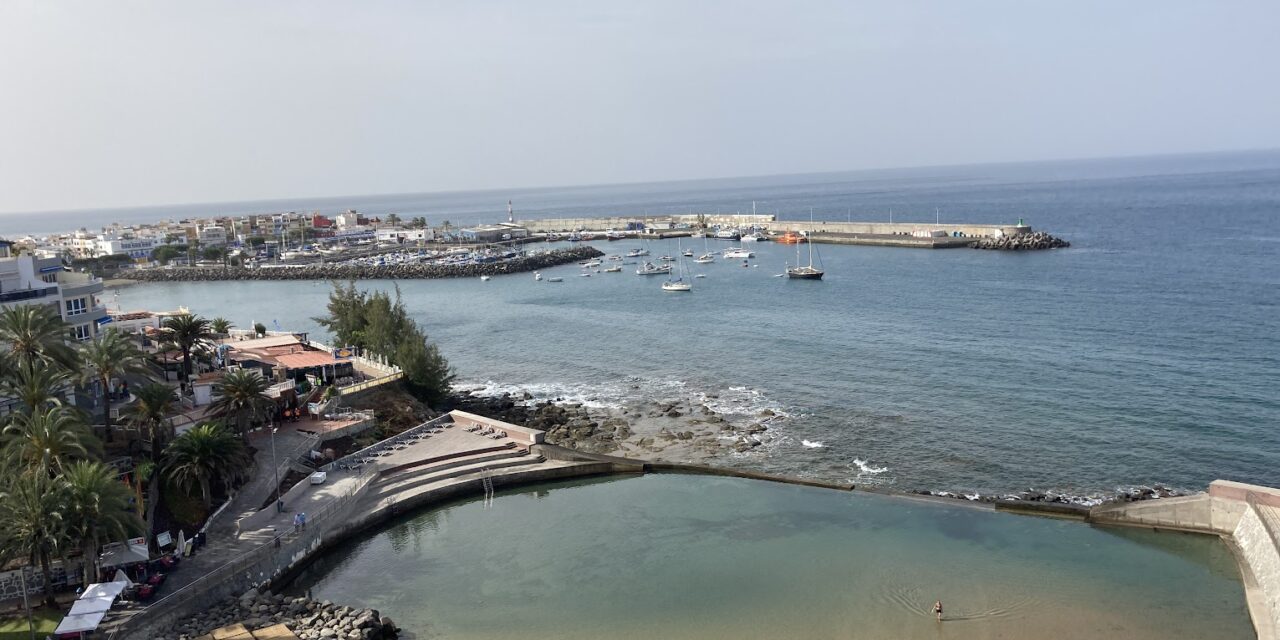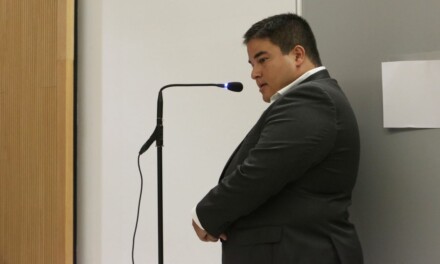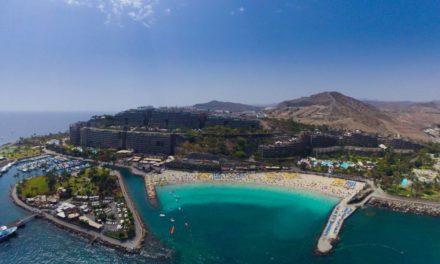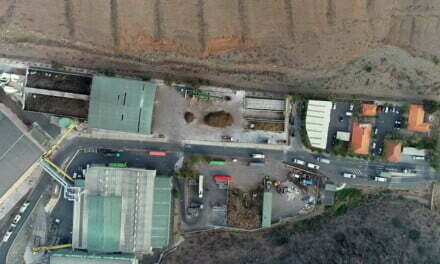Gran Canaria’s tourism soars as the industry is experiencing a remarkable recovery, surpassing records set in 2019 and achieving its third-best year in history, even after the global pandemic. The island is leading the way in terms of tourist arrivals, revenue, and income, with an impressive 40% growth since 2019.
Carlos Álamo, Tourism Councillor for the Cabildo de Gran Canaria island government, has shared the latest figures from AENA’s passenger report for June. In that month alone, 494,002 foreign travellers passed through Gran Canaria Airport, showing a 7.1% increase compared to 2022 and a 0.5% increase when compared to 2019.
Looking at the year-to-date data from January to June, Gran Canaria counted 3.3 million passengers, recorded by AENA, representing a substantial 19.6% increase over 2022 and a notable 2.5% rise compared to the first six months of the pre-pandemic reference year, 2019.
The first quarter also saw significant growth as tourism soars in terms of spending too. With a cumulative turnover of €1.163 billion, a remarkable 27% increase compared to the first quarter of 2022 and a substantial 40% increase compared to 2019.
Gran Canaria is attracting tourists willing to spend generously during their visit. The average spending per tourist and trip amounts to €1,535, making it the highest among all the Canary Islands. Furthermore, daily spending has also increased, with visitors spending, on average, €172.8 per day, which is 6.58% more than in 2022.
Álamo emphasised the appeal of Gran Canaria as a destination where tourists want to linger. The average length of stay is now 11.1 days, one day more than in 2022, and German tourists have been extending their visits to an average of 12 days
Editor’s Comment:
Of course, in general, most foreign tourists actually come here for either 7 days or 14 days at a time, so these average figures actually point to a larger percentage of visitors staying the full fortnight, over those taking a simple 7 day rest-break
The current year has proven to be positive for the island’s tourism sector, surpassing the previous year’s performance, as evidenced by a 40% increase in revenue compared to 2019, making this the third-best year ever in the historical data, even despite the challenges posed by the pandemic, which for a while left us with what was dubbed #TourismZero.
Álamo expressed optimism about the island’s sustainable recovery. Despite the complexity of the recovery process, Gran Canaria has managed to bounce back, particularly with the return of key markets, as well as the UK, like Germany and the Nordic countries. Additionally, new emerging markets, such as the French, Dutch, and Belgians, have contributed positively to increased customer spending.
While the pandemic initially impacted package tour bookings, with a drop to only 47% last winter, the situation has significantly improved, resulting in higher overall income for the island.
Gran Canaria has demonstrated that it does not solely rely on tourist arrivals for success. Prioritising quality, revenue, and income has proven to be more beneficial. With just over the same number of tourists as in 2019, the island has managed to achieve a remarkable 40% increase in revenue.
Carlos Álamo highlighted that this achievement aligns with Gran Canaria’s goal of becoming a sustainable destination, showcasing its natural beauty and fostering harmonious coexistence, all while remaining economically profitable.













